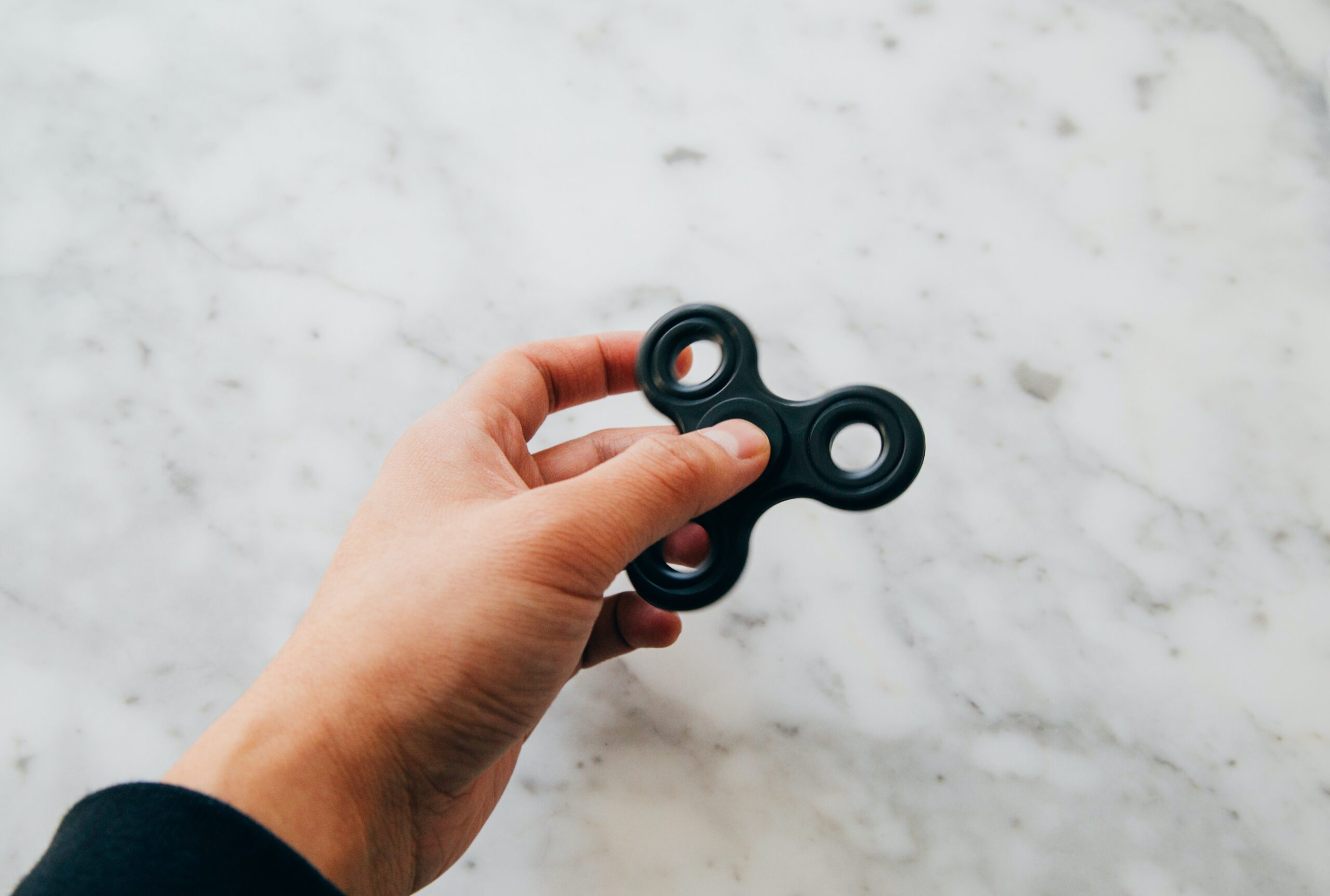Does your child suffer from sensory processing symptoms? Sensory processing symptoms can land anywhere on the wide spectrum that encompasses them. Each child will have different triggers, and support mechanisms that help them live the most normal life possible. In this article, we will explore the top six items that can help children with sensory processing symptoms.
Keep in mind that every child is different, and what works for one individual may not work for another. Finding coping mechanisms is truly a work in progress and will take trial and error. As a parent helping to support your child, it is important to keep your spirits high and to not give up! (1)
What Are Sensory Processing Symptoms?
Sensory processing symptoms are a side effect of neurobehavioral disorders such as anxiety, autism, and others. This symptom impacts how your brain processes sensory information such as stimuli. Some examples include your five senses, which are sight, sound, taste, smell, and touch.
Some children will only be impacted by one of the five senses, while others will be impacted by a combination of all five. This is why sensory processing symptoms are so complex and multifaceted, making it essential for you to work with your child’s primary caregiver and psychiatrist to find a treatment plan that is appropriate for them.
#1 – Fidget Spinners & Toys
Some of the most common ways individuals combat sensory processing symptoms are by offering themselves an alternate item to focus on. One of the most popular in the market today is fidget spinners and fidget toys. These tools work to distract the brain from the stimulant which is disrupting regular patterns. These can be a great way to help your child focus on something other than what is causing them stress.
#2 – Sensory Diet
Experimenting with your child’s diet to ensure that they are eating foods that align with their sensory triggers can be a great way to help your child cope. Some foods cause disruption in their day-to-day life and ability to process stimuli. Learning about these tastes and textures might help you prepare your child for a successful day at school. Packing lunches that avoid foods with these tastes, smells, or textures, can help your child navigate the day More easily.
#3 – Fleece or Furry Fabric
Sometimes, children react well to soft fabrics such as fleece or fur. These fabrics can create a calming effect when touched and help to distract the brain from whatever is interrupting normal function. Giving your younger child a blanket, or sending your older child to school with a piece of clothing that matches a feeling or texture that they enjoy can help provide them with an alternative when faced with anxiety.
#4 – Musical Instruments
Music therapy is another great way to help your child healthily process anxiety brought on by sensory processing symptoms. Whether it be listening to music, or feeling musical instruments to see what sounds they make, allowing your child to express themselves in this healthy way can be the solution you have been looking for.
We hope this article helped you better understand how you can help support your child as they strive to find healthy coping mechanisms. Remember, sensory processing symptoms can fall anywhere on a wide spectrum and each child is significantly different from the rest. This is why it is so important to work with your child’s psychiatrist and primary care provider to find an appropriate treatment plan that is made for your child individually. To help your child manage their sensory processing symptoms, contact NeuroBehavioral Associates today.
Reference:
- Sensory Processing Disorder – Health BC






